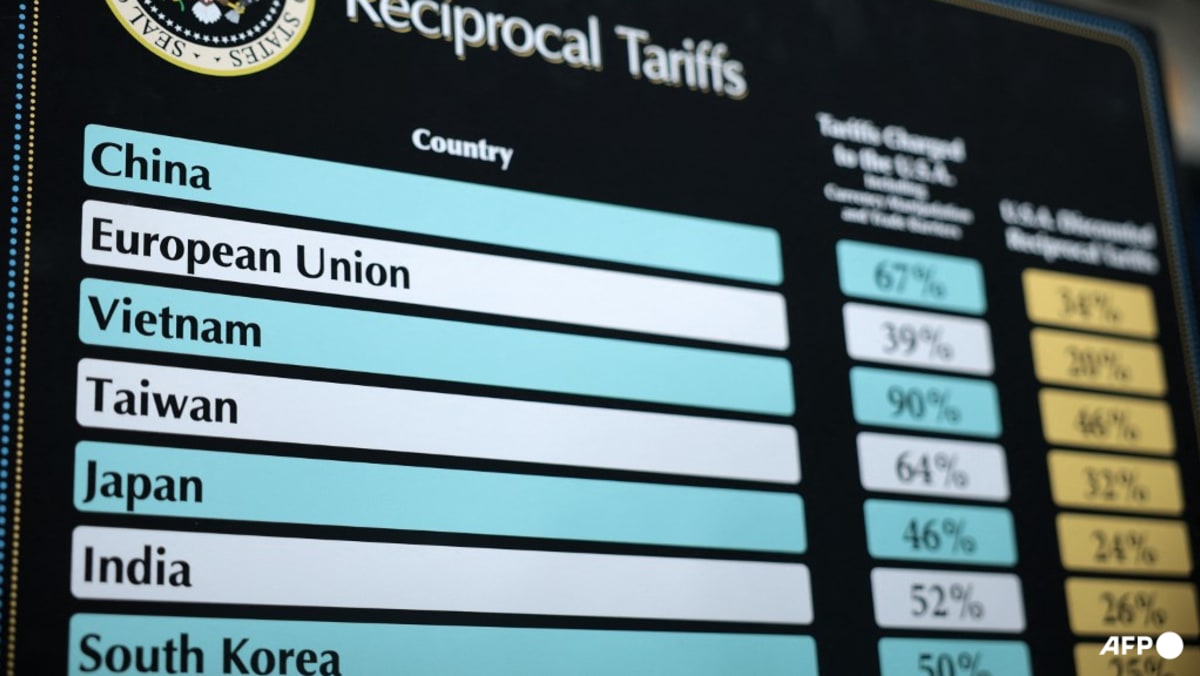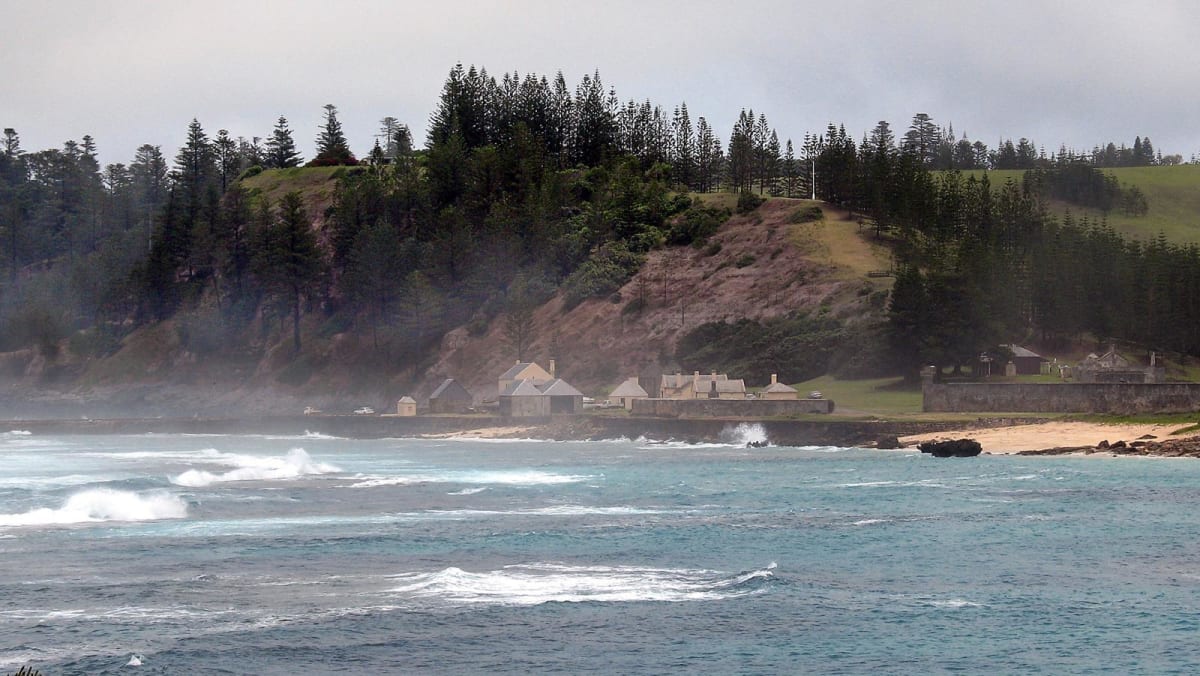Sweden says telecom cable with Estonia damaged

STOCKHOLM: A Baltic Sea telecom cable connecting Sweden and Estonia was damaged at roughly the same time as a Finnish-Estonian pipeline and cable were earlier this month, but remains operational, Sweden’s civil defence minister said on Tuesday.
Separately, Finnish investigators said they had identified vessels operating in the area where the damage to the pipeline and cable occurred on Oct 8, naming two of them, a Russian-flagged ship and a Chinese-owned vessel.
The Russian authority responsible for nuclear-powered vessels, Atomflot, denied that one of its ships had been involved.
The damage to the Swedish-Estonian cable was sustained outside the territorial waters and exclusive economic zone of Sweden, the country’s civil defence minister, Carl-Oskar Bohlin said, and the cable continues to function since then.
“We can’t say at the moment what caused this damage,” he told a news conference.
“But what we can say is that this damage has happened at a similar time and in physical proximity … to the damage that was previously reported to a gas pipeline between Estonia and Finland and a telecommunications cable between Estonia and Finland.”
Network provider Arelion confirmed one if its subsea fibre cables had been “partially damaged”.
“We currently do not know what caused the damage. The cable will be repaired over the next few weeks depending on the weather,” an Arelion spokesperson said.
Estonian Economic Affairs and Communications Ministry told Estonia’s public broadcaster ERR that the damage occurred on a cable to Sweden some 50km west of Hiiumaa Island.
A NATO official told Reuters the alliance was aware of the reports of damage to the Swedish-Estonian cable and was in close contact with both countries and monitoring the situation.
Estonia is a NATO member while Sweden is waiting on ratification to join.
The head of Sweden’s navy said policing surface and undersea traffic in the Baltic was a challenge.
“The situation at sea is very intense,” Rear Admiral Ewa Skoog Haslum said. “There is a lot of traffic on the surface and everything that happens under the surface is ‘deniable.’ The challenge for us is to monitor this volume of water.”
VESSELS IN AREA
Europe and NATO have become increasingly concerned about the vulnerability of critical infrastructure around and under the Baltic Sea.
The latest incidents follow explosions in September 2022 that ruptured the Nord Stream pipelines under the Baltic Sea and cut Europe’s supply of Russian gas.
Finland said on Oct 8 that the Balticconnector subsea gas pipeline and a telecommunications cable connecting Finland and Estonia had been damaged in what may have been a deliberate act.
Finnish authorities said last week that “external marks” had been found on the seabed beside the damaged pipeline and that they were reviewing vessel traffic in the area at the time of the rupture.
In an update, Finland’s National Bureau of Investigation (NBI) said it had used open sources to determine the vessels operating in the area at the time of the incident.
“Investigative measures have been focused on several vessels, including the NewNew Polar Bear and Sevmorput, but also on others which, according to data, had been in the area at the time of the damage,” NBI said in a statement.
“Besides the movements of the vessels, their background and earlier activity are examined in cooperation with authorities from other countries,” it said.
The NewNew Polar Bear is a container vessel owned and operated by Chinese company NewNew Shipping, while Sevmorput is a Russian-flagged, nuclear-powered, cargo ship.
Sevmorput owner Atomflot, a subsidiary of Russian nuclear industry company Rosatom, rejected as “groundless” any suggestion its vessel had been involved.
An Atomflot statement said that on the day at issue the Sevmorput had been operating from Murmansk to St Petersburg and had passed through the Gulf of Finland “without slowing down”.
“The crew did not observe or record anything unusual, suspicious, or otherwise reportable,” Atomflot said.
NewNew Shipping declined to comment.
Sweden’s Prime Minister Ulf Kristersson in a recent news conference said there was a “spaghetti” of critical infrastructure at the bottom of the Baltic Sea, and announced that Sweden and its partners in the Joint Expeditionary Force – a 10-nation military alliance – would look at ways to improve protection of crucial pipes and cables.
Source: CNA















